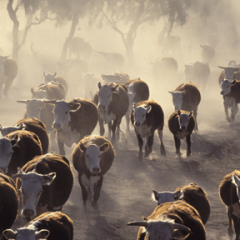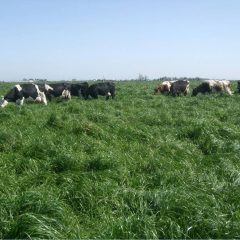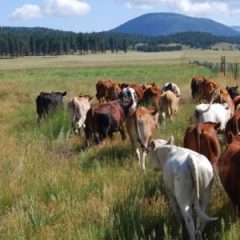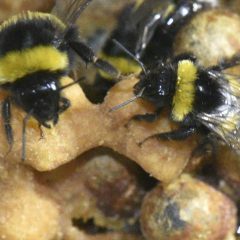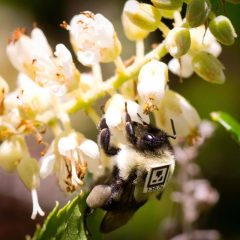Guest Blog by Alan Guebert from farmandfoodfile.com Reprinted by permission of the author. In a year of too many dark days, Monday, Sept. 14 was a particularly dark day for every American for two reasons. First, on Sept. 14, ProPublica, the non-profit, investigatory news group, published a 3,100-word exposé on how global meatpackers used their […]
Read More, References, Comment »
By: Brian Baker Brian is a scientist specializing in organic practices, standards, and regulations. He has analyzed the impacts of organic food and farming on the environment and human well-being for several decades. Demand for organic food in the US continues to grow, but the domestic supply has been unable to keep pace. Sales […]
Read More, References, Comment »
Thanks to Dan Flynn and Food Safety News for highlighting the likely causes of three E. Coli 0157:H7 outbreaks in romaine lettuce in 2019. These contamination episodes sickened at least 188 people. According to the Food and Drug Administration (FDA), cattle fecal matter from nearby feedlots caused all three of the 2019 E. Coli O157:H7 […]
Read More, References, Comment »
A new video features lush pastures, grubby farmers, and happy cows showing off the benefits of pasture-based animal agriculture. Produced by the Real Organic Project, a “a farmer-led movement created to distinguish soil-grown and pasture-raised products under USDA organic,” the video Raising Animals on Pasture highlights the animal welfare, nutritional, and environmental advantages of animals on pasture. […]
Read More, References, Comment »
A thoughtful new piece published online by Aeon calls for a reboot of how the nation’s livestock farmers do business. Grassland 2.0 calls for our livestock farmers to also become grass farmers. It is a re-invention of a very old wheel: the idea that animals and pasture can work together as a kind of ecosystem. […]
Read More, References, Comment »
New science has, for the first time, replicated in a lab experiment the neural impacts on baby bees triggered when foraging adults are exposed to one type of insecticide. The widely used neonicotinoid (“neonic”) insecticide imidacloprid was the focus of the study done by a team at Imperial College London, whose key finding is summarized […]
Read More, References, Comment »
A Scientific American piece on neonicotinoid insecticides begins with a fascinating story about a wildlife rehab clinic in Montana. In the 1990s, a “bizarre trend” was noticed — an unusual number and diversity of birth defects in roadkill deer and other big game autopsied at the clinic. Scientists at the clinic pondered what could have […]
Read More, References, Comment »
“Forever chemical” contamination of groundwater is both extremely hazardous and difficult to clean up or otherwise mitigate. They don’t break down, and can continue to move through the hydrogeological system for years, often ending up in wells used for human and livestock drinking water, and crop irrigation. In a compelling, detailed story by Chris Clayton, […]
Read More, References, Comment »
A duo of research scientists from Australian universities have conducted an extensive review of global data on insect populations, with stark results. Their analysis of 73 historical reports was published this month in the journal Biological Conservation. It reveals “dramatic rates of decline that may lead to the extinction of 40% of the world’s insect species over the […]
Read More, References, Comment »
We know that neonicotinoid insecticides are no-good for bees and other pollinators, even at very low levels of exposure. We know the major neonic — imidacloprid (Admire®) — is the single most acutely toxic pesticide to bees ever discovered, narrowly edging out the former #1 methyl parathion. But scientists are still trying to figure just […]
Read More, References, Comment »



